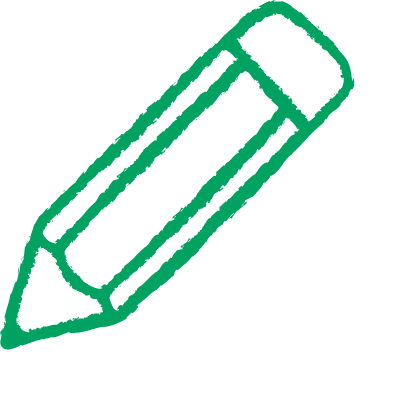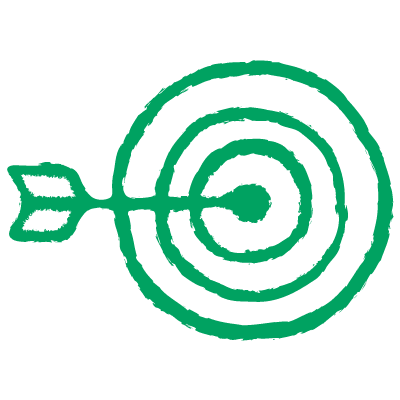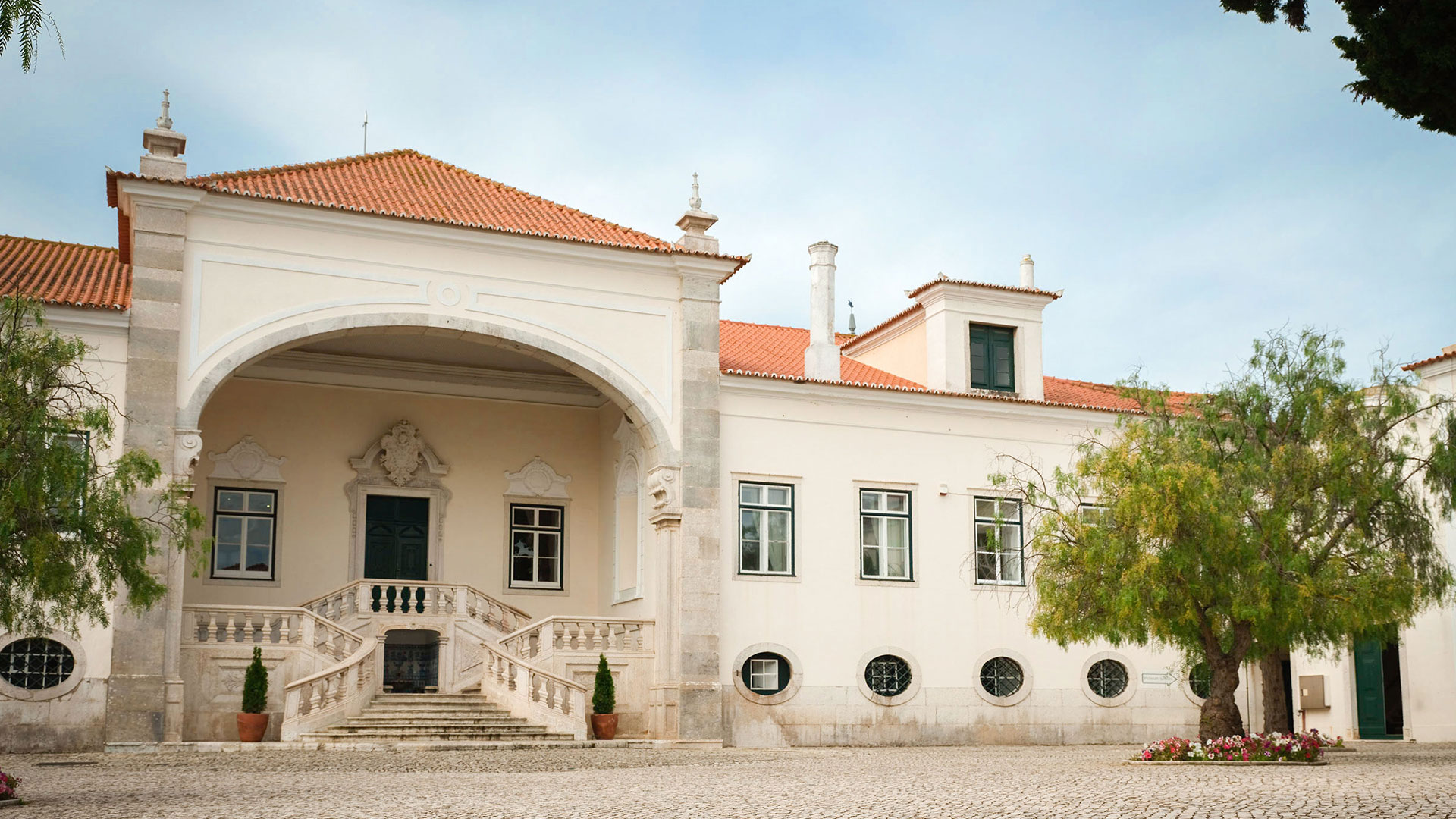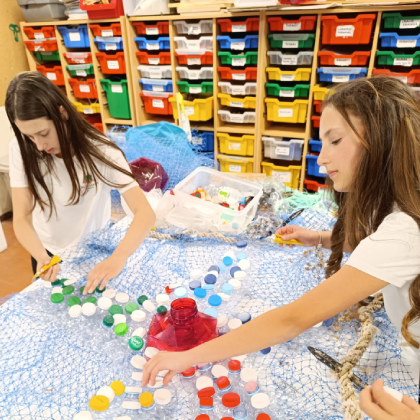3º ciclo dá a conhecer o projecto “Trash Art”

Apresentamos o projeto interdisciplinar de articulação entre Ciências Naturais e Educação Visual, intitulado "Trash Art". Partindo de uma consciencialização inicial sobre a problemática dos resíduos nas praias e o seu impacto ambiental, os alunos do 3º ciclo foram incentivados a explorar formas criativas de reutilização desses materiais. Partindo de uma limpeza de praia, em que os alunos recolheram os resíduos, o projeto evoluiu para uma jornada de exploração artística e conceptual.

Através de atividades de desenho e pintura na disciplina de Educação Visual, os alunos deram vida aos pedaços de plástico recolhidos, reinventando a sua funcionalidade e repensando o seu valor. Inspirados pelas visitas às exposições (R)evolution na Cordoaria Nacional e Plug in da Joana Vasconcelos no Maat, os estudantes mergulharam no universo da arte contemporânea, expandindo sua perceção sobre a relação entre arte, sustentabilidade e consciência ecológica. O culminar do projeto foi a criação de uma instalação artística coletiva, onde os plásticos recolhidos serão transformados em obras de arte que não apenas decoram, mas também provocam reflexão e diálogo sobre a importância da preservação ambiental e do uso responsável dos recursos naturais. Este projeto busca não só estimular a criatividade dos alunos, mas também promover uma mudança de mentalidade em relação ao consumo e descartar de plástico, incentivando-os a tornarem-se agentes de transformação nas suas comunidades.
What our students think…
What did we do?
We used trash that we collected from our cleanups and sorted it by colour, bottles, and caps. Ms Pinto found a giant fishing net and we decided to use it as a background. We cut it with a saw and stapled it to a canvas that we had painted white. Then we cut the plastic bottles and stapled them to the canvas. Finally, we sorted the bottle caps by colour and glued them to the bottles. After all our hard work, the colourful starfish was complete!
Why did we do it?
We wanted to find different ways to raise awareness about plastic pollution, which is a major problem today and greatly disrupts the ecosystem. This is terrible for life on Earth, and we need to take action! We decided to contribute by creating something visual and impactful to help make a difference.
Our main goal was to encourage younger generations to become a better version of themselves when it comes to this subject.
The starfish was essentially made out of plastic bottles and fishing nets. It was so gratifying to know that these objects will no longer disturb a living organism. The starfish project, which is an amazing piece of art, is going to be hung on a wall at our school. Please go out of your way to see it. All in all, we are not just learning; we are saving lives. Mara 8º ano student
“Working on a project where plastic waste was turned into an artwork was truly a unique experience. The world is always talking about repurposing, reusing and never letting anything go to waste. However, we never really get to do all those things. The significance of participating in this distinct project was actually repurposing and reusing waste, which would have usually just been thrown away.
Moreover, we are very pleased and appreciative to see that this artwork will be exhibited at our school in the future. We genuinely believe that by showing others our work, we can inspire and consequently make them want to start their very own project. We really hope people understand the importance of refurbishing the lifespan of material things, and help us in our purpose of allowing fewer things to become waste.” Rachel 8º ano student"
Prof. Carla Duarte e Prof. Maria Pinto Professoras de Educação Visual e Ciências Naturais

















.png&command_2=resize&height_2=85)












